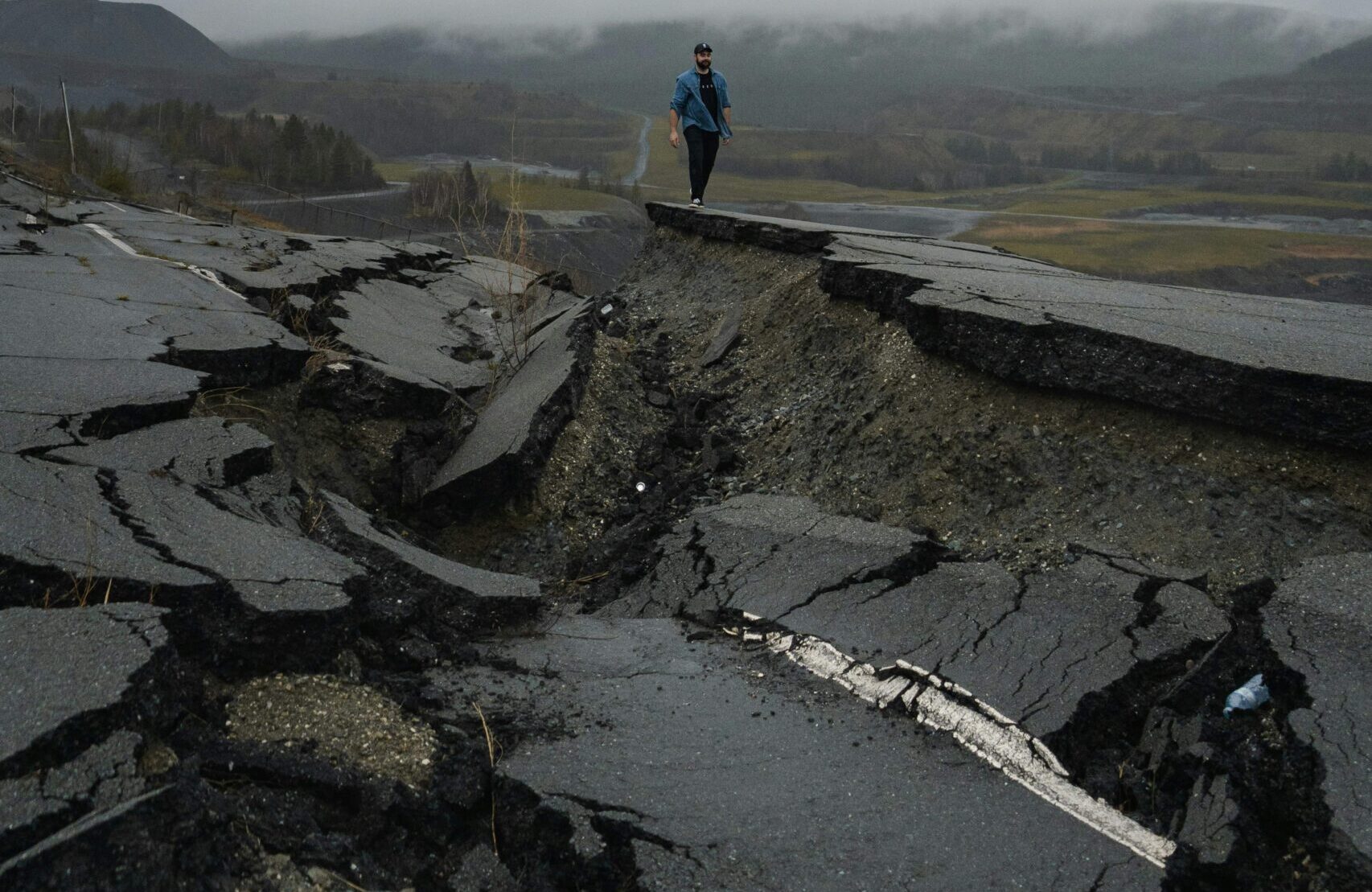The most powerful earthquake in North America’s history still stands as one that hit Alaska 60 years ago, back in March of 1964. This earthquake had a magnitude of 9.2. Another large one hit the state five and a half years ago, with a magnitude of 7.1, and since both of these earthquakes, Alaska’s infrastructure has been suffering. Construction projects struggle with a lack of guidance, preventing them from being able to tell if a project they are building is sufficiently safe when in a risky location for another possible large earthquake. In order to combat this, some in the Alaskan government agencies have formed bills to establish a set rule of statewide residential building codes.
The two bills are Senate Bill 197 and House Bill 150.
Both of these bills came about last year in 2023. Both have garnered some support as well as some opposition. Neither bill has yet to make it to the official floor vote yet due to this. At the committee level, both have become a bit stuck. Now, many feel as though housing projects are stuck between a rock and a hard place. They want to expand housing, but do not want to without the official codes in place for risk of destruction in an earthquake, but they also do not want to wait the indefinite amount of time they will be waiting for the bills to be voted on, pass the floor, and then go into effect.
In the 2018 earthquake, there were some parts of the state that did have building codes in place, and these areas performed better in comparison to the areas that did not. For example, in the Anchorage Bowl, there are enforced residential building codes. Those buildings survived far better than others further north, where no such codes were placed on the buildings. Many supporters feel this is significant enough evidence to support the need for such codes.
After the 9.2 earthquake in the 1960s, building codes were put in place, but they did not apply to residential buildings.
The Alaska Seismic Hazards Safety Commission is making it a distinguished goal of theirs to expand the codes to apply to homes, which is what these bills are aiming to do. However, they cannot break out of this standstill they are seemingly in. Others who are prioritizing the lasting support of homes, specifically home builders and other construction teams, are in support of these bills and the Alaska Seismic Hazards Safety Commission’s goal. However, the opposition, people worried about the economic impact, have been successfully pushing back. When a resolution will be found is unclear at this time.




